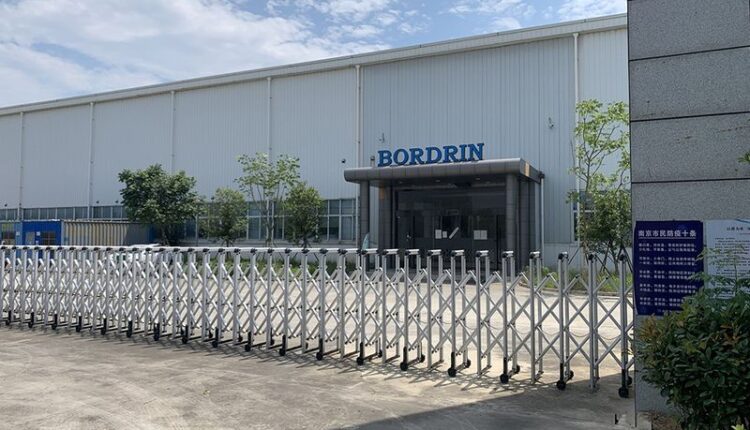Visitors to Byton Ltd.’s website are greeted with color-saturated images of shiny electric cars gliding along manicured streets. Those paying a visit to the automaker’s factory in Nanjing, eastern China, may be less impressed. The plant is modern and huge, gleaming under the hot summer sun. But there’s total silence. Production has been suspended since the pandemic began and there’s no one around except for a lone security guard.
It’s a similar situation across town at Bordrin Motors. Weeds dot the factory’s perimeter and there’s a court notice pasted to the main gate announcing the electric carmaker’s bankruptcy.
Bordrin and Byton represent the flip side of China’s EV success. While home-grown stars like Nio Inc. and Xpeng Inc. have gone on to raise billions of dollars and are now selling cars in numbers that rival Tesla Inc., scores more have fallen by the wayside, unable to raise the crazy amounts of capital needed to make automobiles at scale.
In many cases, they were lured into existence by provincial governments dangling cash and other incentives to make Beijing’s dream of turning China into an EV powerhouse a reality. Local authorities helped manufacturers set up factories that promised jobs and development — if they succeeded. But the tide began to turn in November, when regulators asked regional governments to review and report back on the scale of their support for the auto industry.
Alarmed by unbridled investment in the sector — and the bankruptcies and zombified factories that came with it — Beijing is applying the brakes.
“We have too many EV firms,” Xiao Yaqing, China’s minister for industry and information technology, told reporters Sept. 13. Mergers and acquisitions will be encouraged as the market needs to be further concentrated, he said. The government is also looking at setting production limits for the EV sector, people familiar with the matter told Bloomberg News this month, with provinces unable to green-light new projects until surplus capacity comes online. Resources will also be channeled into a few select EV hubs.
The moves are a potential warning sign for investors who have poured money into electric carmakers and the technologies that support them over the past year.
There are some 846 registered automobile manufacturers in China, and more than 300 of them churn out new-energy cars, loosely defined as electric vehicles or plug-in hybrids. The vast majority are names unrecognizable elsewhere. In 2020 alone, the country added new production capacity of around 5 million units, about four times the actual number of EVs sold in China that year. According to regulators, almost half that capacity wasn’t in use.
Bordrin, founded by former Ford executive Huang Ximing in 2016, was targeting annual output of 700,000 cars across three factories. But it ran out of money and folded before making even one. Huang didn’t reply to messages seeking comment sent via WeChat.
China doesn’t have a public dossier of bankruptcies, but since last year, at least a dozen EV makers are known to have gone under or have had to be restructured to avoid insolvency.
“This is kind of the classic capitalist competitive shakeout,” said Gary Dvorchak, a Beijing-based managing director at investment advisory Blueshirt Group LLC. “You get a zillion companies and then you have an oversupply situation. The process of failing is typically a lot slower in China because companies get government support. But eventually, some have to die and the pain inflicted to get those deaths to happen can be high.”
Byton at least still exists. The carmaker, co-founded by former BMW AG and Nissan Motor Co. executives, suspended all domestic operations and furloughed staff in July last year as the pandemic made it tougher to get its business off the ground. Even before COVID, the company had encountered difficulties meeting announced deadlines on producing and delivering its first model, although its website still accepts reservations for cars.


